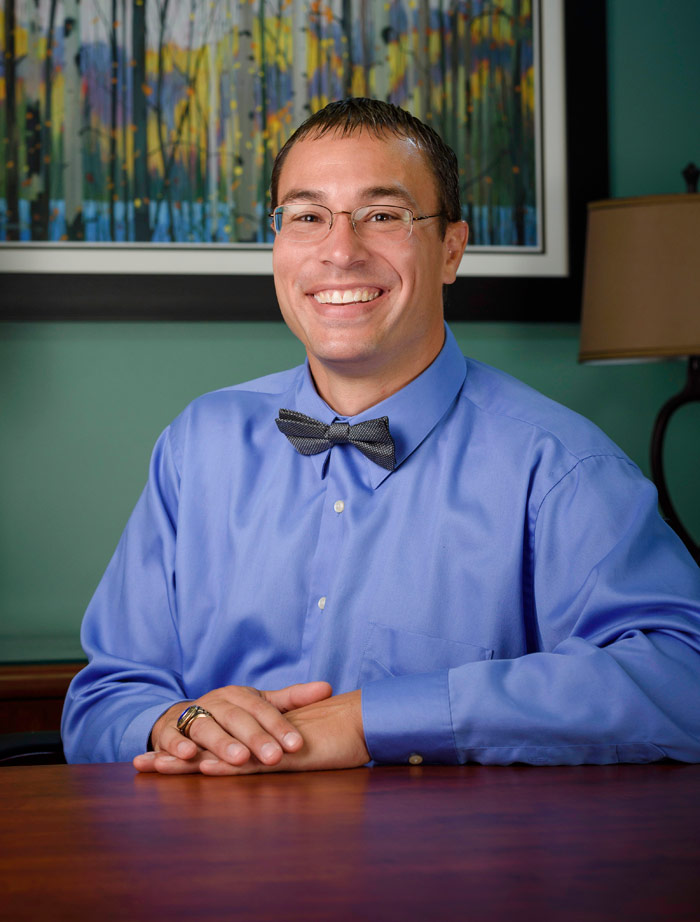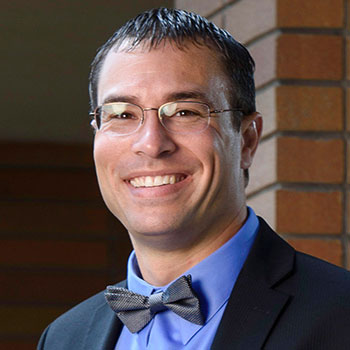Educating clients to ‘act & achieve’

Joe Petry • Latham, NY
CPR Investments, LLC.
Read full biography below

The first step is to understand their total financial picture and to dig into their mindset around investing in general. Everyone is different, not only from an age, education, and profession standpoint, but also in terms of their sophistication and knowledge about investments. Financial literacy in our nation, unfortunately, is really not very strong for many people, no matter what their background.
Working with a lot of baby boomer clients, I have often seen two common themes. First, there is a group that more or less believes that a buy-and-hold approach to investing is the right way to go. They have very short memories and are influenced by the latest thing they may have read or seen on television. Then there is a group of boomers that is almost exactly the opposite; the pain of losses, especially from the 2008-2009 period, has made them very risk averse, and they may have ongoing fears about investing in general.
I tell clients to first and foremost, view our discussions as an educational experience. You, the client, are ultimately the decision-maker. With my teaching background, I believe I can effectively communicate sophisticated and important concepts in a way that is relatively easy to understand. For both of these boomer groups, I explain the concept of mitigating risk without potentially having to give up returns. They come to see the point that they most likely need some market exposure to grow their assets, but also understand that they cannot just leave their portfolios exposed to adverse market conditions.
The key to this is active investment management. Returns may not be as high as with an index fund during very strong market years, but conversely, the losses may not be near those of an index in a bearish period. We go through that conceptually and what that means in terms of their specific risk tolerance and what substantial drawdowns could do to their portfolio assets. At the end of the day, I think we are successful in communicating our approach of active investment management.
I really draw on my experience as an educator. Everyone has a different learning style. For some people, the saying “a picture is worth a thousand words” is right on the mark. I present illustrations of what various portfolio approaches have done over the years, what the expected drawdown might be, and what are reasonable expectations on a range of returns. For others, I start with the 30,000-foot view of the conceptual nature of actively managed investments, which is a bit more on the theory side.
It is part art and part science. It is also a conversation that really needs to take place with a couple together. They could have very different perspectives in many areas: how they feel about risk, their past experiences with investments, and their going-in expectations about their objectives and the results they hope to achieve. All of this is very manageable, but it is an in-depth conversation that both parties need to fully embrace.
Depending on a client’s risk profile, we utilize asset-allocation models and a variety of third-party money managers that may be selected for a role in those models. Recommendations are made to clients utilizing this in-house resource and customized for their specific needs. This works out very well and can accommodate clients of all types.
I think there are several things. I love running my own independent practice that has grown and been successful. The dream for my wife and I is to one day introduce our children to the business, and perhaps that will become a reality if it is something they want to do.
I also personally take a lot of satisfaction in the teaching process with clients—it is a wonderful thing to see that lightbulb go on and have a client say, in effect, “I never thought of things that way before.” Third, I really enjoy helping people out on a personal level and have built many great relationships. I give everyone my home number and tell them they can call any time, with any question.
Being an advisor is not just about managing an investment portfolio. It can get very granular, turning up small savings or a better way to do things in any number of areas. It is very fulfilling to show people how they can make better overall financial decisions and put more of their hard-earned money to work. That makes it all worthwhile.
 Joseph Petry is an investment advisor representative of CPR Investments Inc. and a registered representative with Ausdal Financial Partners, Inc. He is a principal owner of an independent financial firm located in Latham, New York. He recently celebrated the seventh anniversary of his practice and has seen it grow.
Joseph Petry is an investment advisor representative of CPR Investments Inc. and a registered representative with Ausdal Financial Partners, Inc. He is a principal owner of an independent financial firm located in Latham, New York. He recently celebrated the seventh anniversary of his practice and has seen it grow.
Mr. Petry grew up as “an army brat,” with stops in California and England before his family put down roots in upstate New York. Mr. Petry attended St. Rose College in Albany, New York, and pursued a career in education after graduation. He says, “I was working three jobs as a music teacher, track coach, and private music instructor, and while I loved what I was doing, the opportunity to work in financial services had a very strong appeal.”
Mr. Petry spent five years in insurance sales before moving to the financial advisory side of the business. He says, “The more I learned about the business through some great mentors, the more I knew I wanted to be able to offer people a full range of financial solutions.” Mr. Petry transitioned to running a full-time financial practice in 2005 and started his own firm in 2008.
Mr. Petry “loves spending time with the kids” and says, “Our children are at an age now where we can bring out the trumpet and violin and have a lot of fun introducing them to the joys of music.”
Disclosure: Joseph W. Petry Sr. is an investment advisor representative. Investment advisory services offered through CPR Investments Inc. 5746 24 Mile Rd, Shelby Twp., MI 48316 (800) 231-1164. Joseph W. Petry Sr. is a registered representative of and securities offered through Ausdal Financial Partners, Inc. Member FINRA/SIPC. 5187 Utica Ridge Rd, Davenport, IA 52807 (563) 326-2064. CPR Investments Inc. and Ausdal Financial Partners are separately owned and operated and do not offer legal or tax advice.
Photography by Mitch Wojnarowicz


